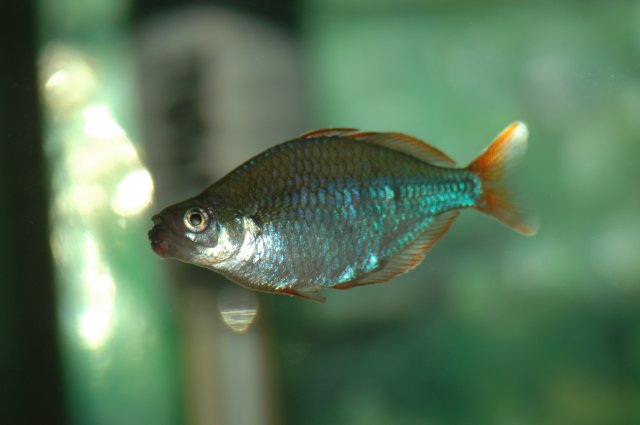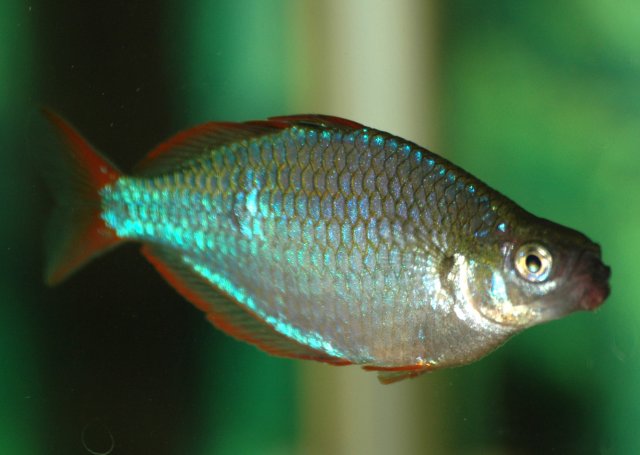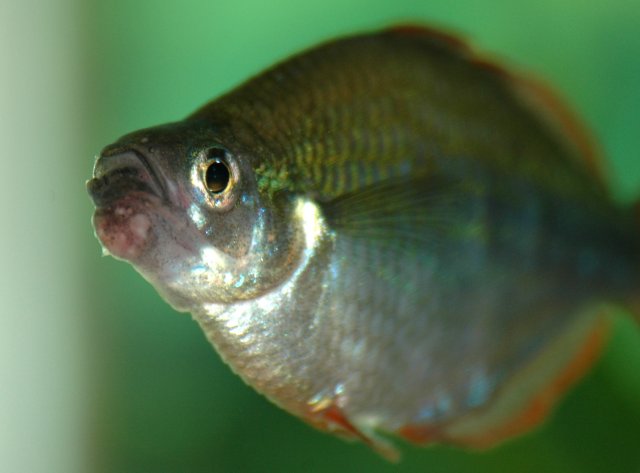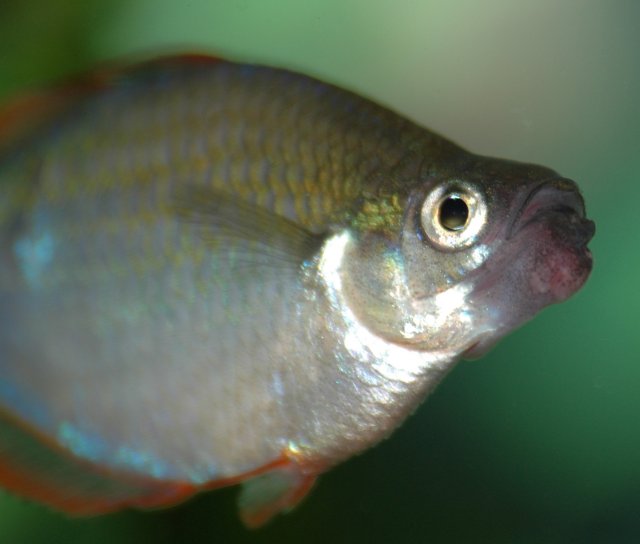I do think this may be one of the Microsporidian parasites. There are several of these and they do cause cysts, or Xenomas, to form, and the cysts can form both internally, in the organs, and in the muscle tissue of the fish.
Here's some interesting information from The GAB (Goldfish and Aquarium Board) that one of its members, Dataguru, posted in November '05. The site he referenced in this post is not available for some reason, but this info sounds a lot like your issue.
From this link (no longer available)
http://www.aquaworldnet.com/dbws/protozoal.htm">
www.aquaworldnet.com/dbws/protozoal.htm
Microsporidians (Glugea, Pleistophora)
A) Microsporidian parasites from cysts in various organs. The cysts are filled with small 1 to 2 micron spores. Parasitic cyst may induce hypertrophy of the infected cell (Glugea, Spraguea, and Ichthyosporidium) or does not cause hypertrophy of infected cells (Pleistophora).
B) Microsporidian parasites are found in numerous fresh and saltwater fish.
C) Clinically microsporidian present themselves as individual or multiple cyst which can become quite large and may give the appearance of neoplasms (xenomas). These cysts are filled with numerous refractile spores.
1) Glugea: Infect macrophages and other mesenchymal tissues which then undergo massive hypertrophy causing deformity of visceral organs (liver, gut, ovaries) as well as infections in the muscle and subcutis.
2) Pleistophora hyphessobryconis (Neon tetra disease): This microsporidian infect the sarcoplasm of muscle fibers causing these fibers to be filled with these organism. There is no inflammatory reaction around the cyst.
D) Transmission of the disease is most likely direct."
That's the pits. I agree on the formalin/malachite green in QT. Glad you have finquel on hand.
 Dataguru
Dataguru Goldie Lover
Posts: 36877
Joined: Fri Oct 20, 2000 7:01 pm
Location: Central Oklahoma
It's true that this could be Mycobacterium (Fish TB) but I'm leaning more towards parasitic.
There doesn't seem to be any inflammation at the lesion sites, which would seem to indicate bacterial infection is not the problem, though I'm just speculating here in that regards.
In this thread on The GAB, the OP lost most of her fish, but did have one or two survivors. She treated with Jungle Labs Parasite Clear and Metronidazole (in food) and thought this might have been a factor.
Are those available in the UK?











